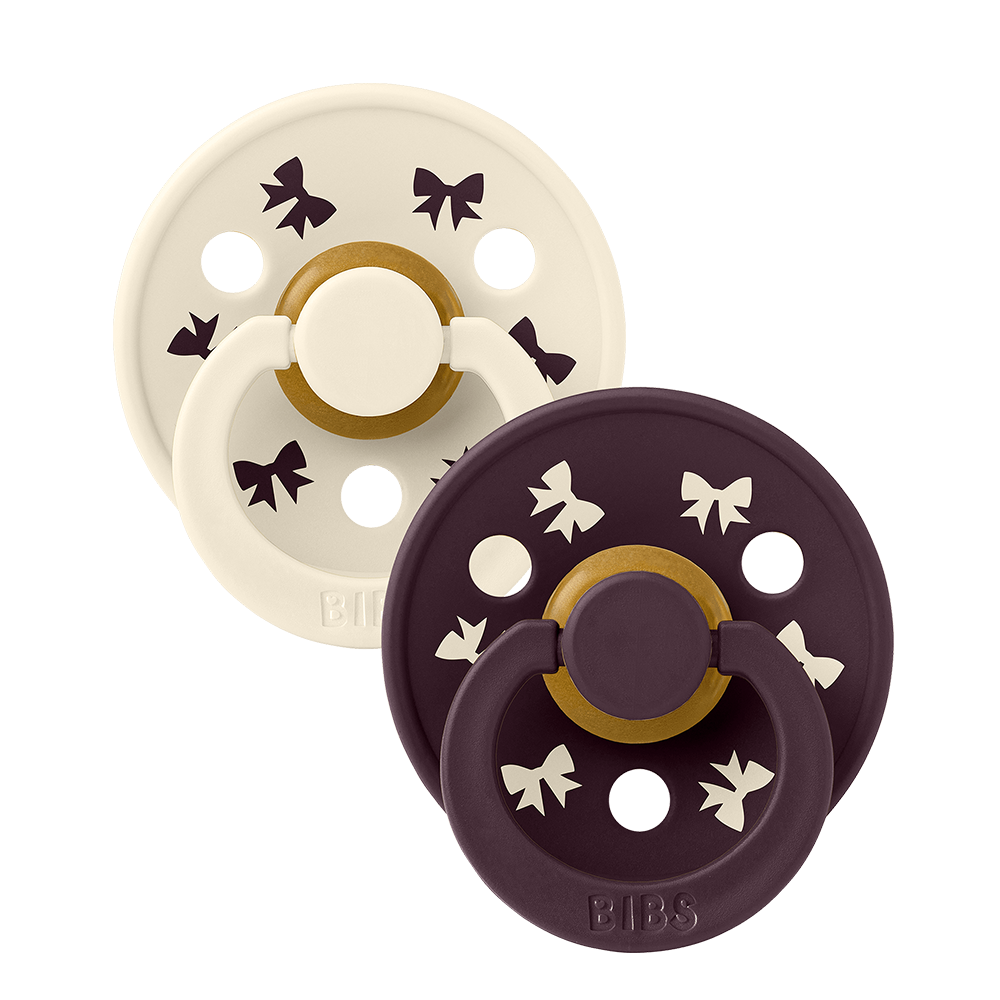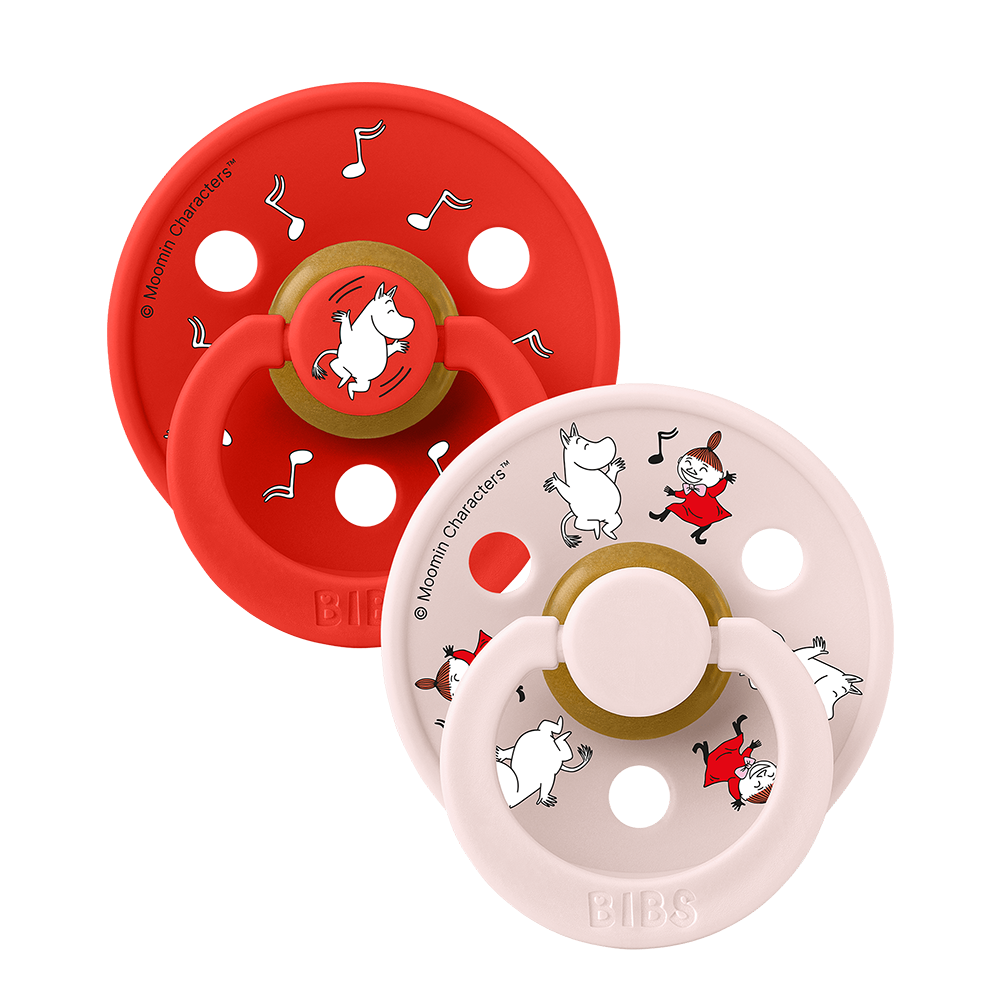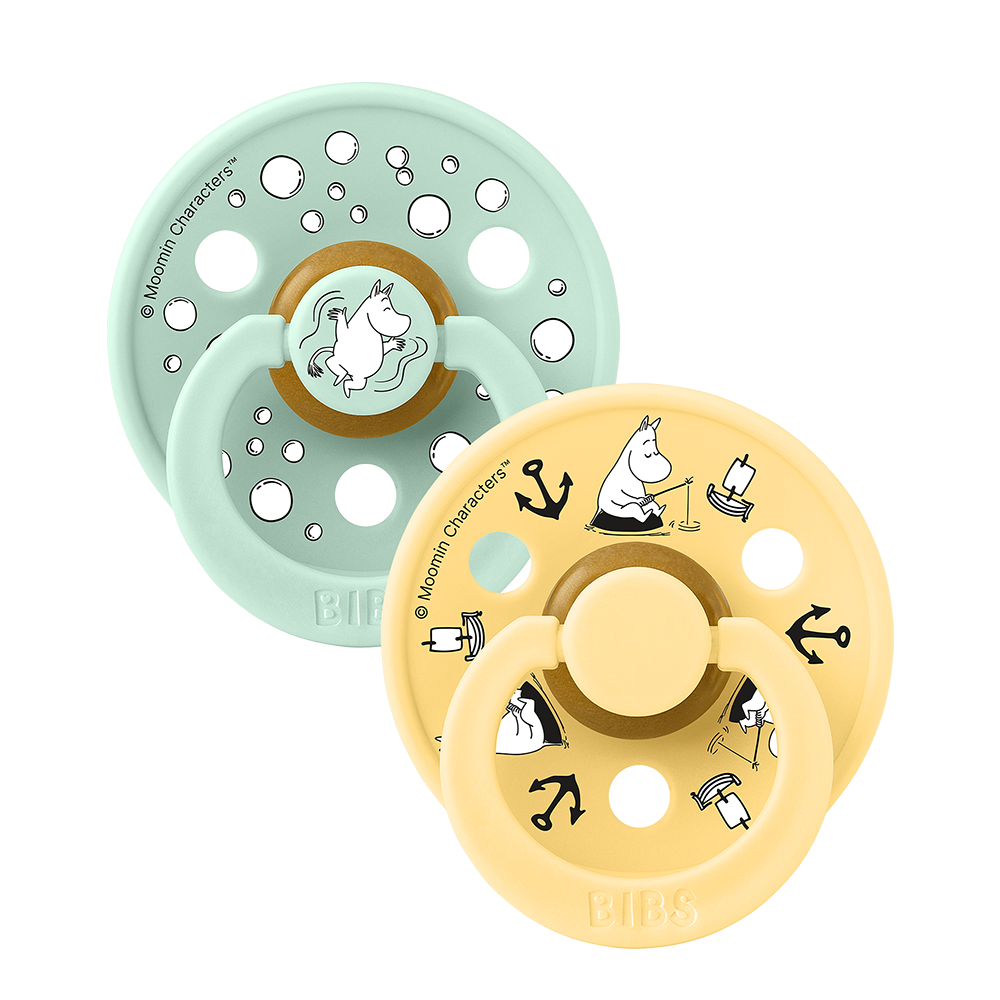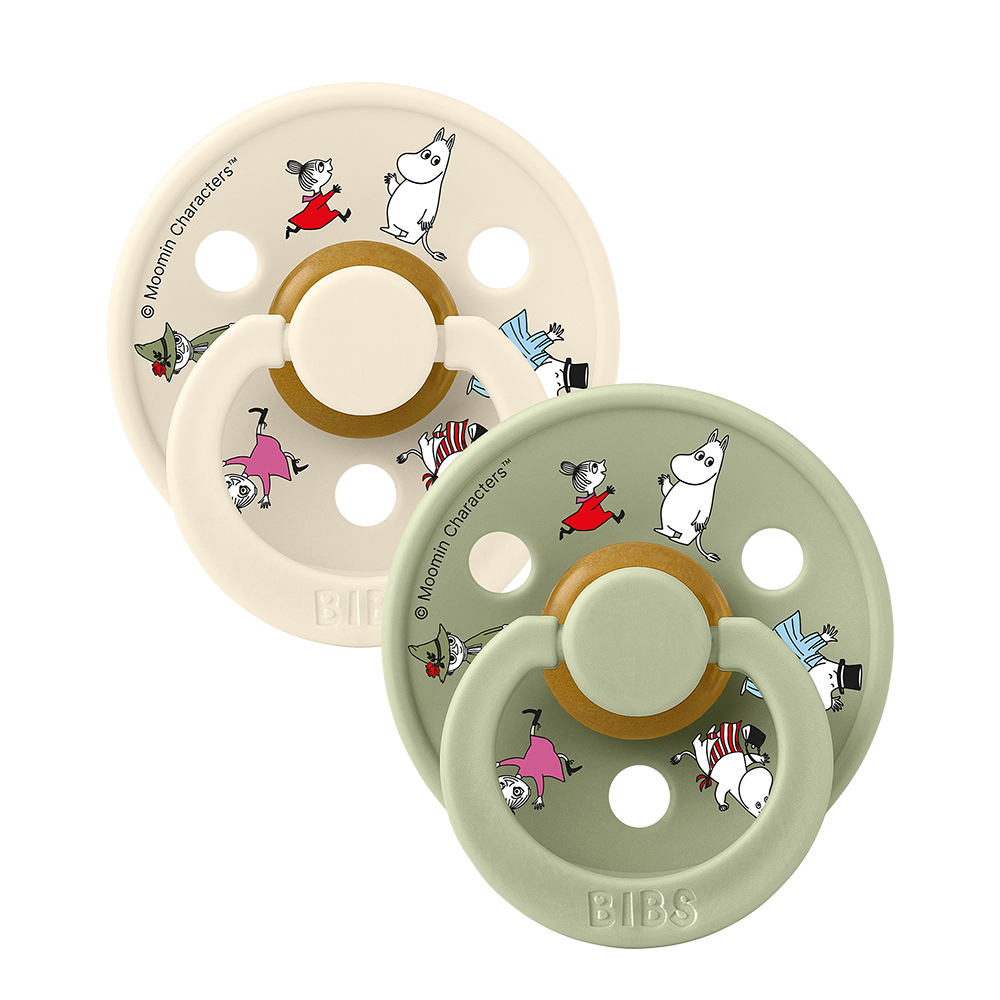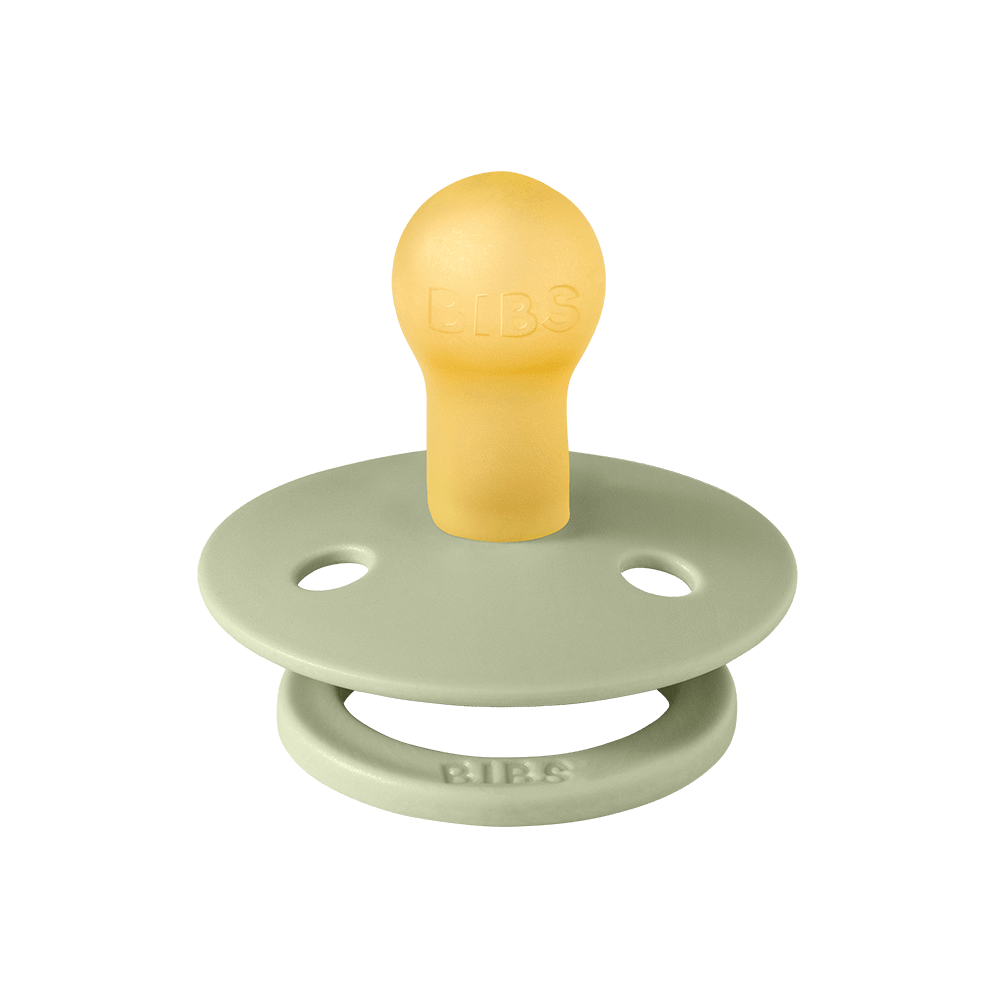Toddler night terrors can be one of the most unsettling sleep experiences for parents in the U.S. These intense episodes usually happen during non-REM sleep, often within the first few hours after your child falls asleep. Unlike nightmares, night terrors often involve screaming, flailing, rapid breathing, and a look of fear while your toddler is still asleep. Most toddlers have no memory of the episode when they wake the next morning. While alarming to watch, night terrors are generally harmless and tend to fade as children grow.
For parents, knowing what causes toddler night terrors, how to respond when they happen, and when to call your pediatrician can make these nights a lot less overwhelming.
What Are Toddler Night Terrors?
Night terrors are different from nightmares. A nightmare is a scary dream a child can recall and talk about. Night terrors, on the other hand, occur during deep non-REM sleep. During an episode, a toddler may cry, thrash, or seem terrified, but they usually won’t wake up or respond to comfort. Episodes often last only a few minutes, though sometimes they can be longer.
Nightmares vs. Night Terrors
- Nightmares: Happen during REM sleep, children remember them, and they may call for comfort after waking.
- Night Terrors: Happen during non-REM sleep, children usually don’t remember, and attempts to wake them often don’t work.
Common Causes of Night Terrors in Toddlers
While the exact cause isn’t fully understood, several factors increase the likelihood of toddler night terrors:
- Overtiredness: Going to bed too late or missing naps can lead to restless sleep.
- Stress or change: Big life changes like starting daycare or a move can impact sleep patterns.
- Illness or fever: Being sick, or even certain medications, can disrupt sleep cycles.
- Family history: Night terrors and sleepwalking often run in families.
The good news: night terrors are rarely linked to any serious condition. For most kids, they are simply a stage of development.
How to Handle Toddler Night Terrors
Even though night terrors can’t always be prevented, there are practical steps parents can take to reduce how often they happen and make them less stressful.
Stick to a Calming Bedtime Routine
Establishing a predictable evening routine—like a warm bath, reading a bedtime story, and cuddling—helps toddlers wind down and eases their transition into sleep.
Make Sure They Get Enough Rest
Tiredness is a major trigger. Keep naps consistent, and aim for an early bedtime to prevent your child from becoming overtired.
Try Predictive Waking
If the night terrors usually happen around the same time, gently wake your child about 15–30 minutes before the episode. This can reset their sleep cycle and reduce the chance of another event.
Keep the Bedroom Safe
Because toddlers may thrash or get out of bed during a terror, remove sharp or hard objects, use safety gates if needed, and consider white noise or a nightlight for a calming sleep environment.
Lower Stress During the Day
Encourage calm play, limit overstimulation before bed, and talk through your toddler’s feelings. Reducing daily stress can also reduce nighttime disturbances.
When to Call Your Pediatrician
Most toddler night terrors don’t require medical treatment, but it’s a good idea to contact your pediatrician or a pediatric sleep specialist if:
- Episodes occur several times a week and disrupt family sleep.
- A single episode lasts longer than 30 minutes.
- Your child could injure themselves during an episode.
- Night terrors persist beyond age 5 or become more intense.
- Other issues like sleepwalking, loud snoring, or pauses in breathing are present.
Your doctor may suggest adjusting bedtime routines, reviewing your toddler’s sleep hygiene, or introducing strategies like scheduled awakenings. In rare cases, further evaluation may be recommended.
Reassurance for Parents
Although toddler night terrors can be frightening to witness, they are not dangerous, and most children outgrow them. Staying calm, creating a safe sleep space, and maintaining consistent routines are the best ways to help your toddler through this stage. Remember—you are not alone, and many families go through the same challenges.
To support your toddler’s sleep environment, you can also explore bedtime comfort items such as sleep and cuddle essentials, soothing pacifiers, and cozy muslin cloths, which can bring extra comfort at night.

